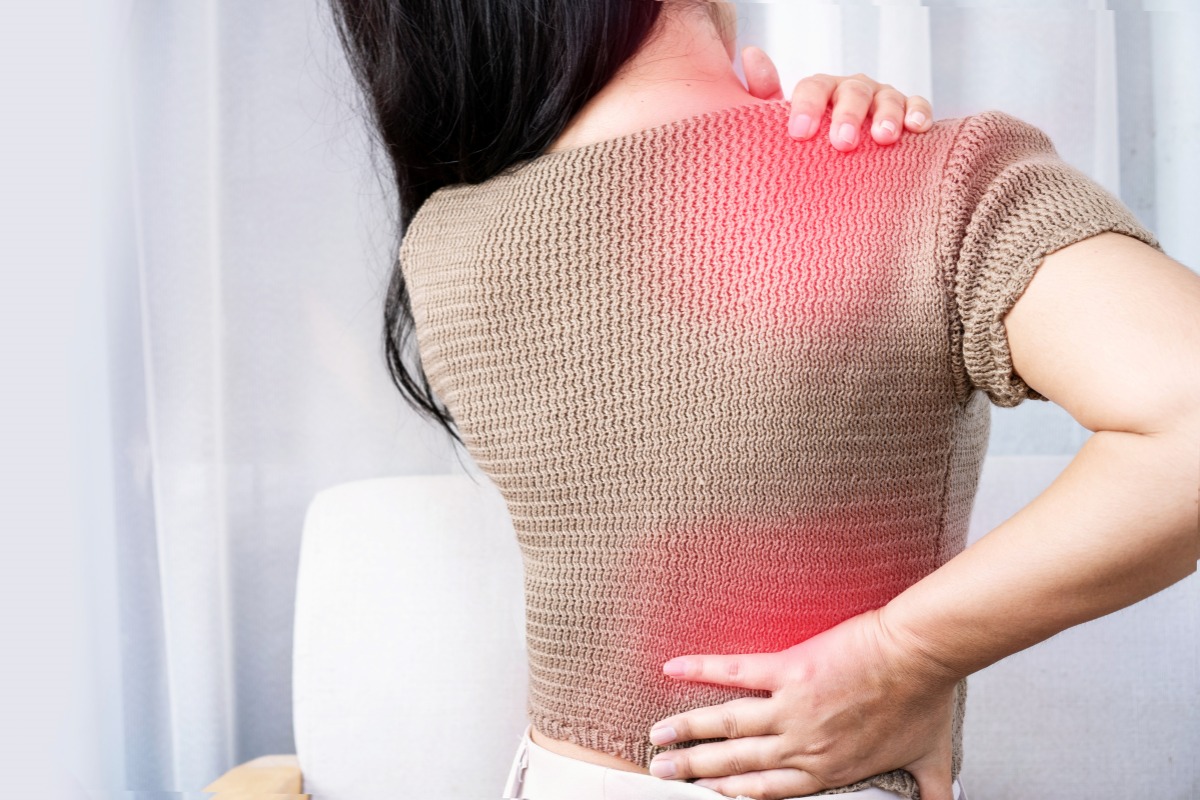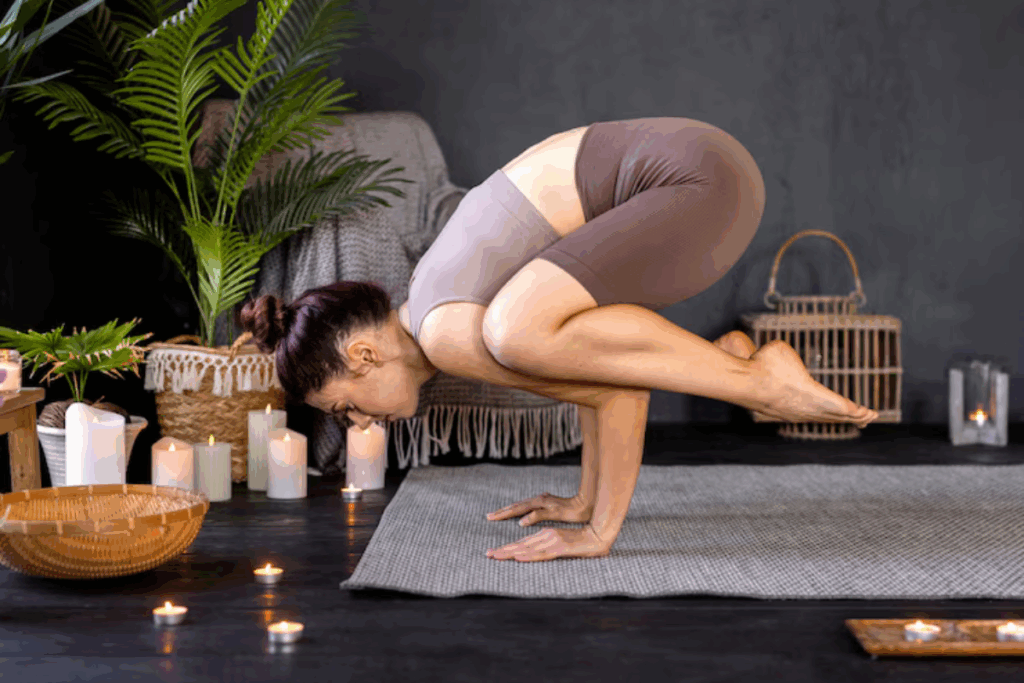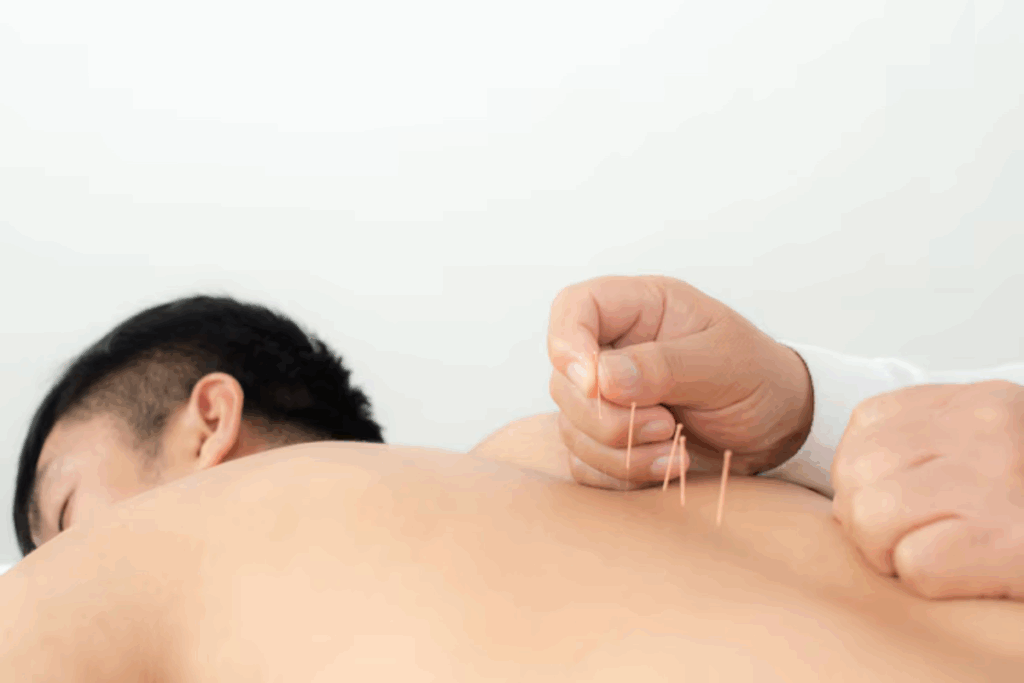Muscle pain and inflammation can sneak up on anyone—whether you’re an athlete pushing your limits, someone hunched over a desk all day, or just feeling the wear and tear of life. That tight, achy sensation in your shoulders or the nagging stiffness in your lower back? It’s your body begging for a little attention. Sure, popping a painkiller or doing a quick stretch might help for a moment, but there’s a better, hands-on fix that’s been around forever: massage therapy.
Massage isn’t just a luxury (though it feels pretty great). It’s a real way to tackle muscle soreness, dial down inflammation, and get you moving like yourself again. But not every massage is the same—some are perfect for deep pain, others for mild aches. In this post, we’ll walk through the best massage types for muscle pain and inflammation, explaining how they work, who they’re for, and why they might be exactly what you need. Ready to ditch the discomfort? Let’s dive in.
Why Muscle Pain and Inflammation Happen
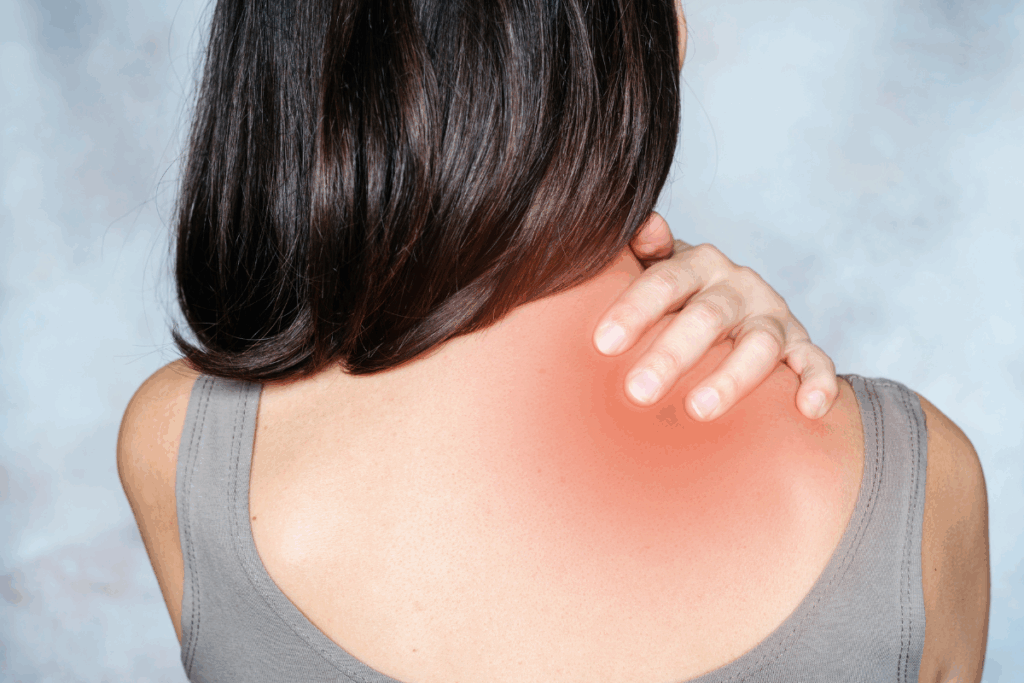
First, let’s get a handle on what’s going on in your body. Muscle pain usually comes from overuse, injury, or tension—think lifting something heavy, sitting too long, or crushing a tough workout. Inflammation is your body’s response to that stress or damage. It’s like an internal SOS, sending blood and fluids to the rescue. But if inflammation overstays its welcome, it can leave you stiff, swollen, and sore.
Massage therapy jumps in to break that cycle. It boosts blood flow, loosens tight spots, and calms the inflammation party down. It’s like a reset for your muscles. Now, let’s check out the top massage techniques that make this happen.
1. Deep Tissue Massage: The Heavy Hitter for Stubborn Pain
If your muscle pain feels buried deep—like it’s hiding under layers of tension—deep tissue massage could be your answer. This isn’t a gentle pat-down; it’s a serious technique that digs into the deeper muscle layers and fascia (the connective tissue) to untangle knots and chronic tightness.
How It Works
Therapists use slow, strong strokes—sometimes with elbows or knuckles—to break up adhesions, those pesky spots where muscle fibers stick together. It’s a champ for long-term issues like lower back pain or shoulder stiffness from too much screen time.
Why It Helps Pain and Inflammation
It gets blood moving and loosens tight zones, cutting the pressure that feeds inflammation. Research even shows it can drop cortisol (stress hormone) levels while pumping up serotonin (the happy stuff). Less pain, better mood—win-win.
Who It’s For
- People with lingering muscle pain (months, not days).
- Athletes bouncing back from tough sessions.
- Anyone with posture woes.
It might pinch a bit—or leave you sore after—but that’s normal. Gulp some water to flush things out, and relief should kick in within a day or two.
2. Swedish Massage: The Gentle All-Star
Don’t sleep on “gentle”—Swedish massage still delivers for muscle pain and inflammation, especially if you’re new to this or your soreness is on the lighter side. It’s the classic spa vibe you’ve seen, and it’s a solid place to start.
How It Works
Long, smooth strokes, kneading, and circular moves relax the outer muscle layers. It’s not as intense as deep tissue but still gets circulation going and eases tension.
Why It Helps Pain and Inflammation
Better blood flow brings oxygen and nutrients to sore spots while clearing out waste that fuels inflammation. Plus, it’s a stress-buster, which helps when tension makes pain worse.
Who It’s For
- Massage newbies.
- Folks with mild to moderate soreness.
- Anyone craving relief and relaxation.
What to Expect
You’ll walk out looser and lighter, no wincing required. It’s perfect if you want results without the intensity.
3. Sports Massage: The Athlete’s Go-To
If your pain comes from pushing your body hard—whether you’re a gym rat or a pro—sports massage is built for you. It’s all about recovery and keeping injuries at bay, tailored to active folks.
How It Works
It mixes deep tissue tricks with stretching and lighter strokes, zeroing in on muscles you use most (like quads for runners or shoulders for swimmers).
Why It Helps Pain and Inflammation
It flushes out lactic acid and exercise leftovers that cause soreness, plus cuts swelling in overworked muscles. It’s a post-workout lifesaver.
Who It’s For
- Athletes or fitness buffs.
- People healing from specific injuries.
- Anyone with activity-triggered pain.
What to Expect
Improved posture, reduced upper body stiffness, and fewer neck and shoulder complaints during grading marathons.
It can get intense, but your therapist will tweak it to your comfort. You might feel ready to hit the ground running sooner than you think.
4. Trigger Point Therapy: The Knot-Zapper
Ever poke a sore spot and feel pain shoot elsewhere? That’s a trigger point—a tight muscle knot that sends pain on a road trip. Trigger point therapy hunts these down and shuts them off.
How It Works
The therapist presses hard on the knot until it lets go. It’s super focused and often pairs with deep tissue work.
Why It Helps Pain and Inflammation
Releasing trigger points stops the pain-tension loop that keeps inflammation going. It’s like flipping an “off” switch for discomfort.
Who It’s For
- People with pinpoint pain (like neck stiffness sparking headaches).
- Anyone with stubborn knots.
- Folks with radiating aches.
It can sting a bit, but the payoff’s big. Relief might hit right away or build over a couple days.
5. Hot Stone Massage: The Warm Relief Wonder
Picture warm stones sliding over your sore muscles. Hot stone massage blends heat with gentle pressure to melt pain and inflammation away. It’s cozy and effective—a perfect combo.
How It Works
Heated stones rest on tight spots (like your back) and double as massage tools. The warmth sinks deep, loosening muscles and boosting blood flow.
Why It Helps Pain and Inflammation
Heat opens blood vessels, easing swelling and softening tissues so tension slips away with less effort.
Who It’s For
- People with stiff, achy muscles from stress or cold.
- Anyone who loves a warm, soothing vibe.
- Those with heat-responsive inflammation.
It’s pure relaxation with instant loosening. You’ll feel less inflamed fast.
How to Pick the Right Massage for You
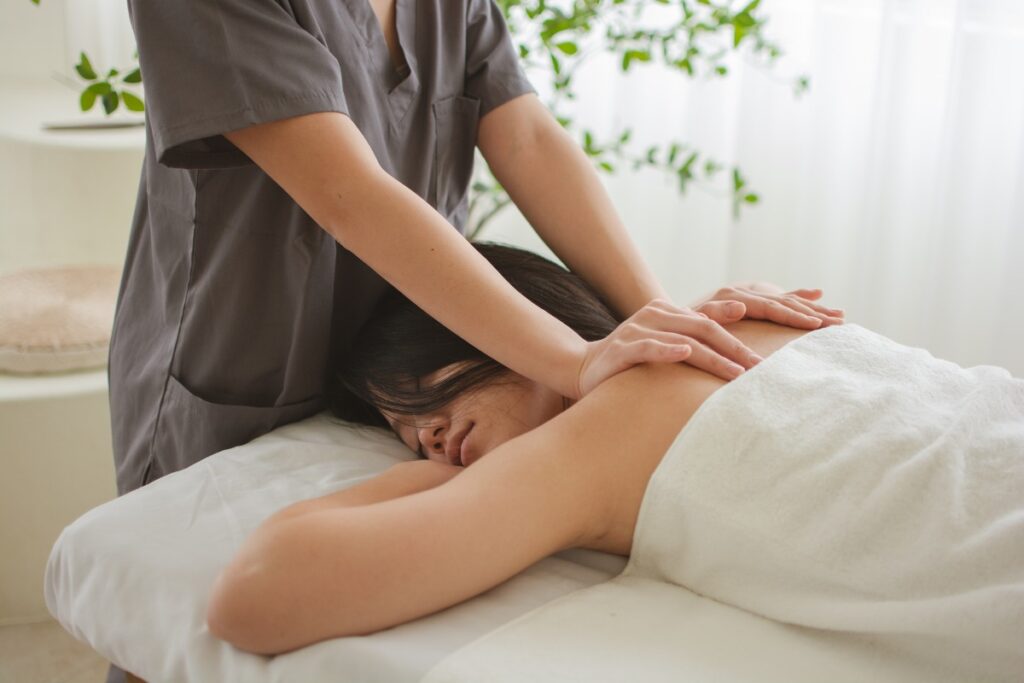
- Deep, chronic pain? Deep tissue or trigger point.
- – Light aches or stress? Swedish’s your pick.
- – Workout woes? Sports massage.
- – Stiffness plus chill? Hot stone.
Tips to Get the Most Out of Your Massage
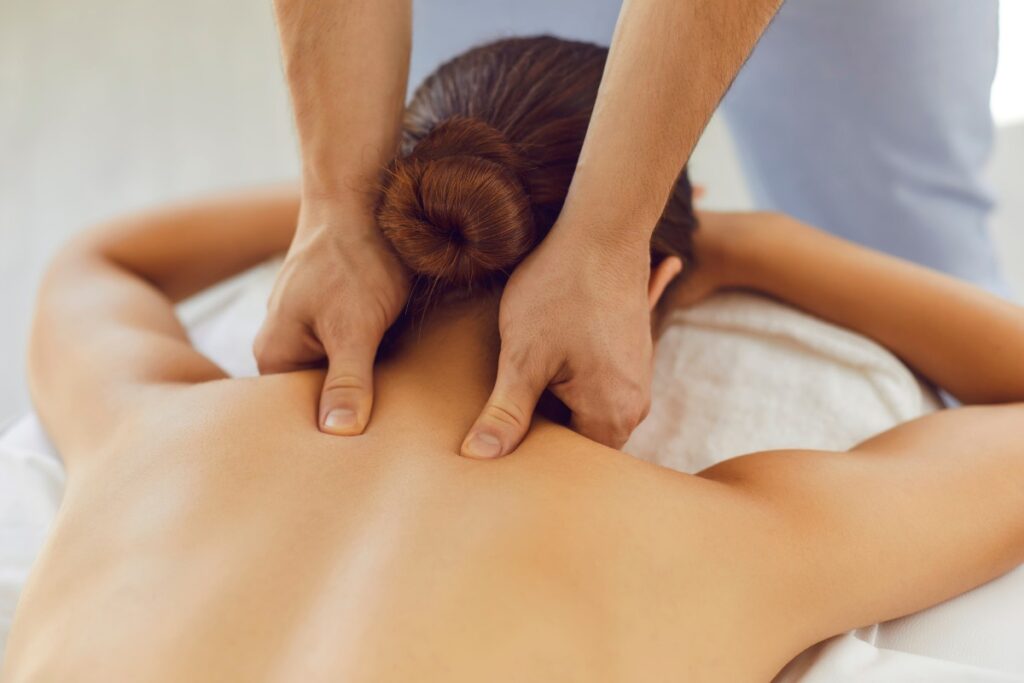
A little effort before and after makes a big difference:
- Hydrate: Water pre- and post-session clears out toxins.
- Speak Up: Tell your therapist what hurts and how hard to go.
- Rest: Skip heavy lifting for a day after.
- Stretch: Gentle moves between visits keep you loose.
Massage isn’t a one-off—it’s a habit that keeps pain and inflammation in check. Monthly sessions can stop trouble before it starts, especially if you’re active or tension-prone. Add solid sleep, water, and movement, and you’re golden.
FAQs
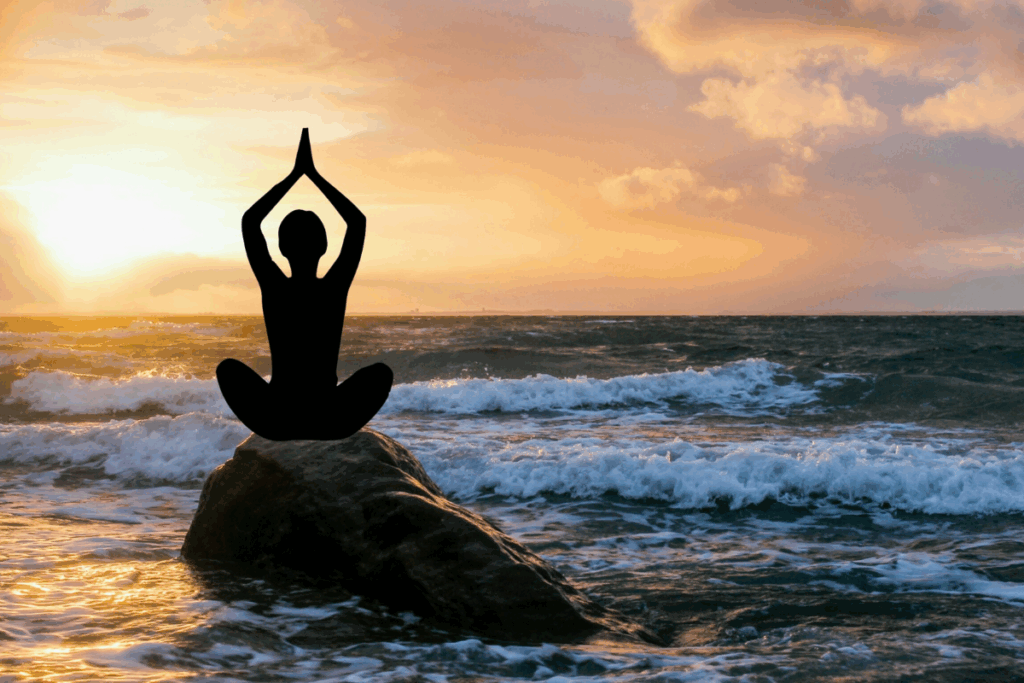
1. How does massage help muscle pain and inflammation?
It boosts circulation, loosens tight muscles, and calms inflammation with natural feel-good chemicals.
2. Which massages work best for muscle pain?
Deep tissue, sports, and trigger point therapy tackle tough pain; Swedish and hot stone suit lighter aches.
3. How often should I get a massage for muscle pain?
Depends on intensity—weekly to start, then tweak as you go. Ask your therapist.
4. Can massage cure muscle pain completely?
It won’t “cure” it but can cut pain and boost movement with regular use.
5. Any risks with massage for muscle pain?
Rare, but check with a doc if you’ve got clots or fragile bones.
6. When will I feel better after a massage?
Some feel it instantly; others see it build over sessions. Stick with it.
7. Is massage good for all muscle pain?
Yep, from overwork to injury—but match the type to your pain.
8. What should I do after a massage?
Drink water, move lightly, and follow therapist tips.
9. Can I pair massage with other treatments?
Totally—works great with physical therapy or meds.
Take the Next Step to Pain-Free Living

Muscle pain and inflammation don’t have to call the shots. Whether it’s deep tissue digging into tough spots, Swedish keeping it light, or hot stones melting stiffness away, there’s a massage that fits you. You don’t need to be fancy or fit—just ready to give your body some love.
So, what’s next? Find a therapist you trust and book that session. Your muscles will thank you, and you’ll kick yourself for waiting so long. Got a massage win or a question? Hit the comments—I’d love to chat! Here’s to moving freer and feeling better, one rub at a time!

